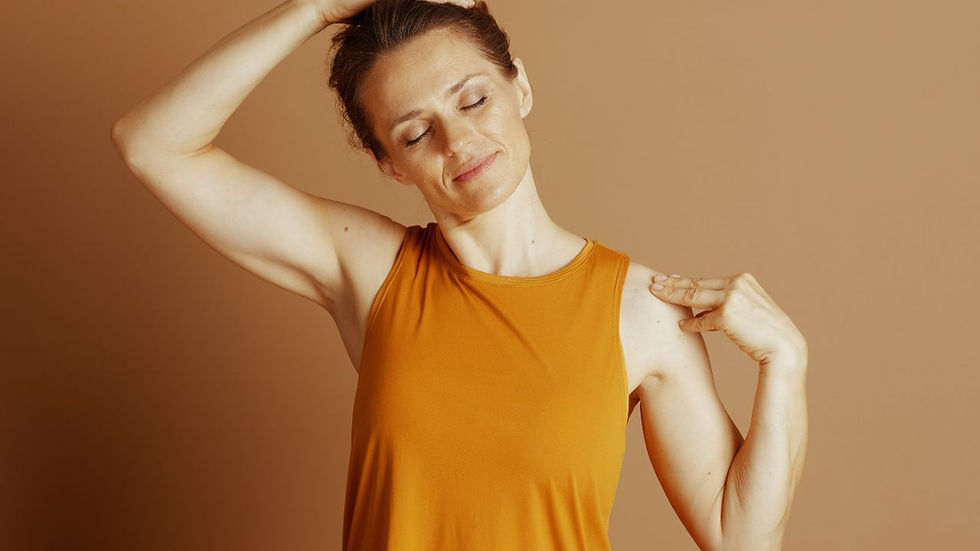Beginner's Guide to Foam Rolling
- Ken Belveal
- Dec 17, 2022
- 3 min read

What is foam rolling?
Foam rolling comes from a technique known as myofascial release, a manual therapy technique that requires a therapist to compress soft tissues to manage pain associated with adhesions, or knots.
Self-myofascial release (SMR) uses a hard foam rolling cylinder that allows an individual to self-facilitate soft tissue using a person's own bodyweight. Foam rolling is usually performed by using a 6 inch diameter and 36-inch long roller, however, it can also be performed using a variety of other tools including lacrosse balls, soft balls and handheld rollers. It is usually referred to as a massage you give yourself.
Benefits of foam rolling
Altered movement patterns, poor posture, and repetitive movement, including exercise, can cause microtrauma to the muscle and fascia (the thin casing of connective tissue that surrounds and holds muscle in place). When the tissues heal, adhesions, or knots, are sometimes formed between the muscle and fascia. When working properly, muscle and fascia slide across each other during movement. However, if adhesions are present they can no longer slide as easily. Foam rolling compresses the tissues which allows them to slide better. Foam rolling has been shown to:
Improve muscle imbalances
Improve help relaxation
Improve range of motion and mobility
Reduce soreness
Reduce pain
Risks of foam rolling
Avoid rolling on bones. Foam rolling is meant to be used on soft tissue only.
The smaller the object, the more pressure it will put on your body so start big and then reduce the size of the object as your body becomes accustomed.
Differences in rollers
Foam rollers come in a variety of sizes and densities. It is recommended that a beginner start with a 6-inch diameter and 36-inch long foam roller. A plain surface is also recommended as it more evenly distributes the tension. There is also differences in density of foam rollers - the harder the roller the more intense on the body. Typically, white rollers are softer then black rollers and are recommended for a beginner.
Many ways to foam roll
As a rule, it is recommended that a tender area of muscle is found and then focused on by compressing it with the foam roller. There are many ways to perform this with no one right way. Here are the different varieties:
Needling - This technique requires a person to roll over the entire muscle in one pass and then focus on little tiny rolls back and forth over the entire muscle.
Search and destroy - This technique also begins by rolling over the entire muscle in one pass and then focus on the most tender spots. Once they are located, keep the roller on that area until the discomfort diminishes. This could take :30-2:00 on each area depending on the adhesion.
Pin and stretch - This technique begins like the previous two; however, once you find a location that is tender, you flex or extend the joint that corresponds with the muscle that you are treating. For example, if you are rolling out your calf, the back of the lower leg, you place the roller under the calf and find a tender spot. Once found, flex and extend your foot which pins the tender spot in place while stretching the tissue through the compression point.

During rolling you want to find a spot that is a level 5-8 intensity on a scale of 1-10, with 1 being you just feel pressure and 10 being excruciating. The goal is to be on the roller until the tension is below a level 5 or you just feel pressure but no pain.
How often?
Foam rolling can be performed between several times per week to several times per day once you develop a tolerance. Rolling should last between :30-2:00 each spot for the greatest benefit.
Stand Up Str8 includes rolling to in the instructions for the Hands-Free Middle Back Strengthener to help improve posture and decrease tension and pain.
Enjoy!








Comments